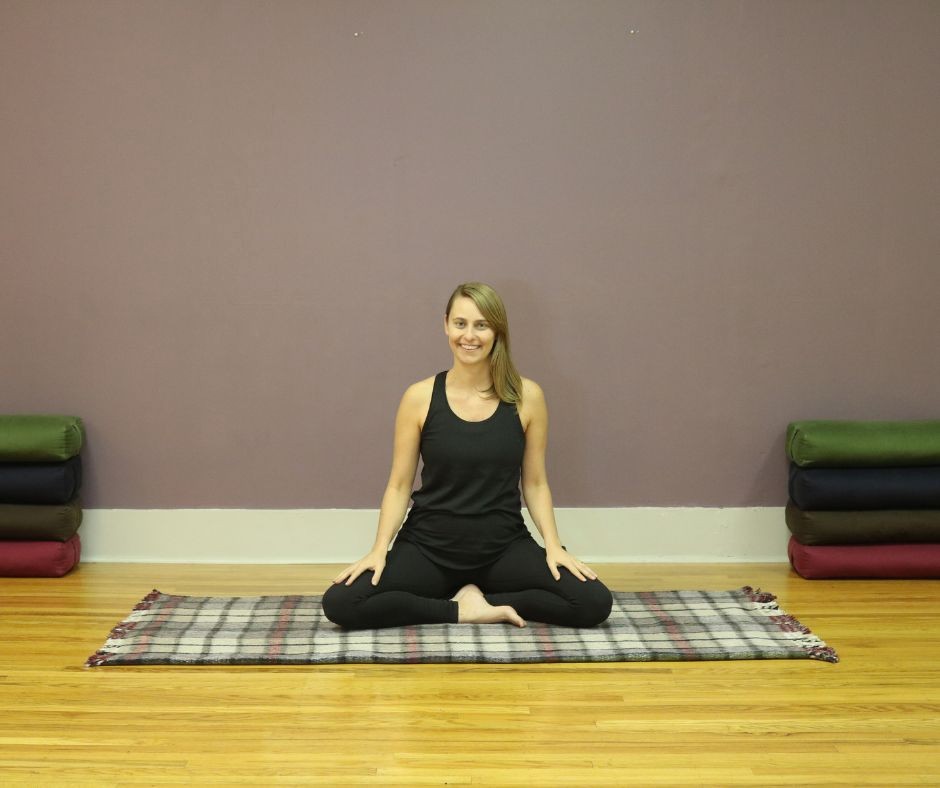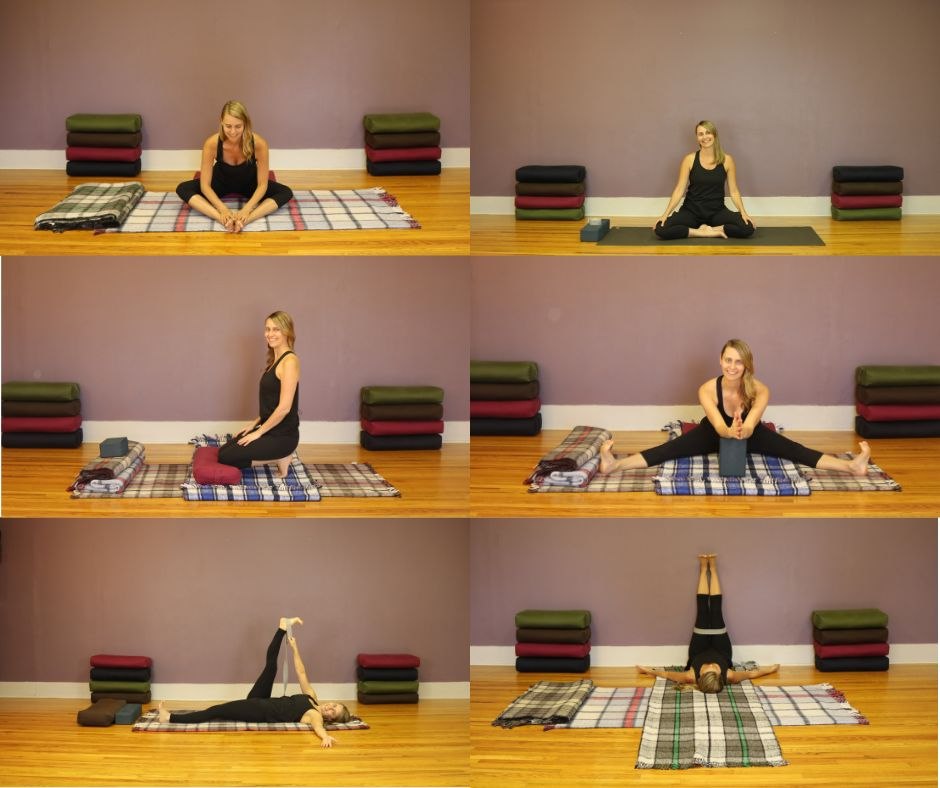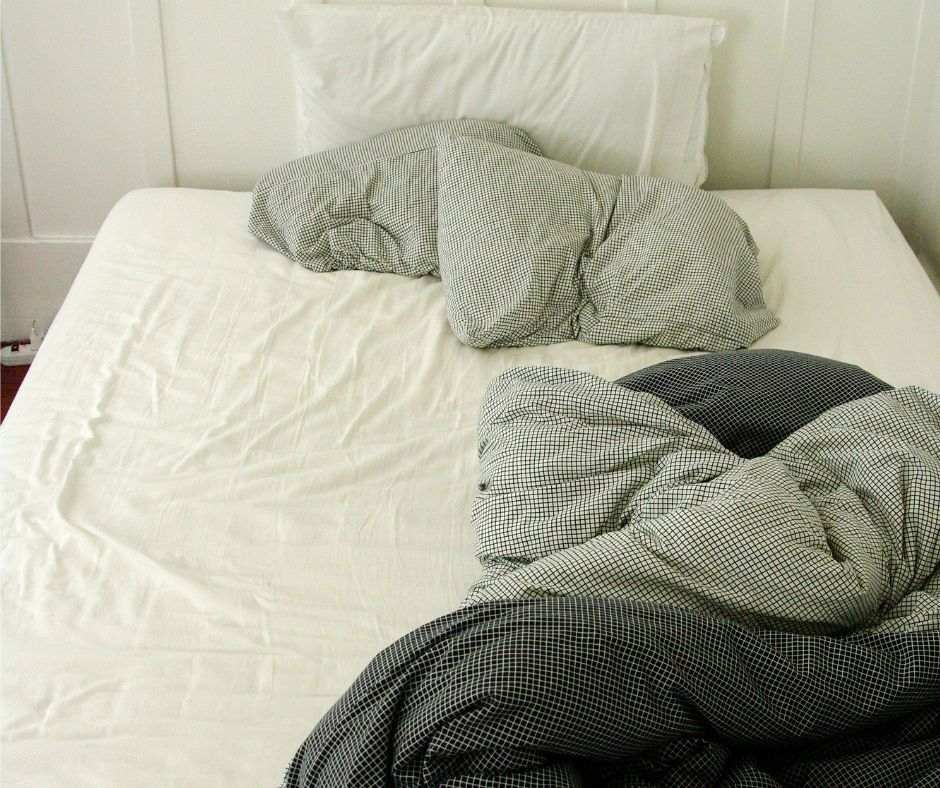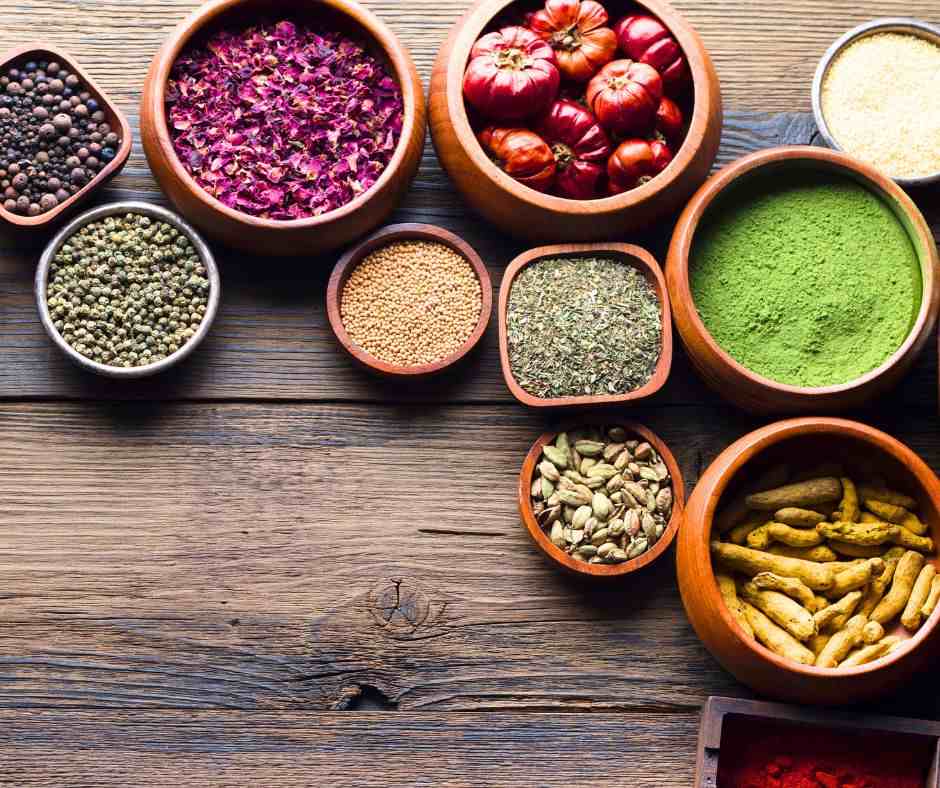In Chinese Medicine, the Spleen and the Stomach are paired.
When looking at the organs through the lens of Chinese Medicine, it’s important to remember that Chinese Medicine is concerned with relationships, interactions, and functions more than physical location. So whenever the organs are discussed in Chinese Medicine, what’s usually being referred to is an array of functional relationships.
Each of the primary organs has a corresponding meridian, or energetic channel. The meridians are where Qi is said to flow. This Qi nourishes the body, and keeps the body in relative balance.
The spleen exists physically in the body on the left side of the abdomen just behind the stomach. It is a digestive organ that holds blood, transforms red blood cells, and houses white blood cells that fight infection. Some of the functions we attribute to the Spleen in Chinese Medicine are more closely related to the physical organ of the pancreas.
Energetically, the Spleen transforms and transports. It takes food and turns it into Qi and Blood. It also transforms and transports fluids. The Spleen is responsible for holding blood and raising Qi. If these functions are not working correctly there can be a weak digestion, bloating, loose stools, prolapse, or appetite disorders. Learn more about healing your digestive Qi here.
In Chinese Medicine, the Spleen and Stomach are also related to the earth element and late summer. Learn more about the energetics of late summer with my course: Seasonal Self Care for Late Summer.
The stomach is near the middle of the abdomen, just to the left. It receives and breaks down food.
Watch the video to learn about the location of the Spleen and Stomach meridians and some acupressure points you can use in your yin yoga or active yoga practice:
Location of the Spleen Meridian:
- Starts at the medial corner of the big toenail
- Runs up the medial aspect of the foot in front of the medial ankle bone
- Travels up the medial aspect of the lower leg and thigh to the groin
- Internal pathway goes to the spleen and stomach
- The primary meridian travels from the abdomen to the chest
- Ends at the lateral aspect of the torso beneath the armpit
Find a yin yoga sequence for the Spleen and Stomach meridians here.
Location of the Stomach Meridian:
- Starts on the upper cheek below the pupil
- Descends beneath the cheekbone and curves around the mouth
- Travels laterally toward the angle of the jaw
- Ascends in front of the ear to the lateral anterior hairline
- Moves down from the jaw to the lateral aspect of the neck to the middle of the clavicle
- An internal pathway descends to the diaphragm, stomach, and spleen
- The primary channel descends from the clavicle to the 5th intercostal space, and runs down the midline
- From the lower abdomen the meridian travels down the lateral side of the leg to the lateral tip of the second toe
Acupressure Points for Yoga
During your yoga practice some poses may compress these points and others will release the compression. You can also place gentle pressure on these points (with your thumb or fingers) before, during, or after, your practice.
Spleen 6 (SanYinJiao):
This point is helpful if there is weakness in the digestive system. Use for weak digestion, loose stools, or sweet cravings. It is also helpful for reproductive disorders.
CONTRAINDICATION: Do not use during pregnancy
LOCATION: Located on the inner side of the leg. Measure 4 finger widths above the inner ankle. The point is located on the inside of the bone (the medial crest of the tibia). Most people find a small depression near this area that feels tender.
Stomach 25 (Tian Shu):
This point regulates the Spleen and Stomach and moves stagnation. Use when there is intestinal disturbance like diarrhea, constipation, or food poisoning.
LOCATION: Located on the abdomen, 2 thumb widths lateral to the navel.








